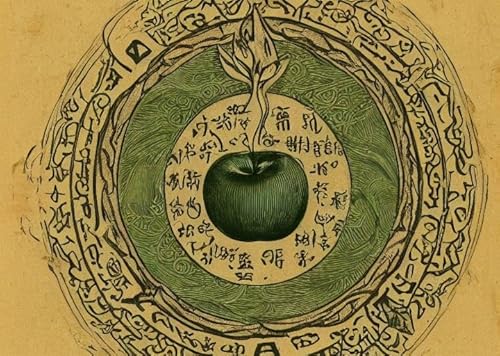This episode is designed for educational and artistic purposes only, to inform mature audiences. It explores ideas related to various substances and must not be interpreted as promoting illegal use or activities. Readers are responsible for knowing and complying with local laws. If you or someone you know is struggling with mental health, substance use, or addiction, please seek help from a qualified healthcare professional or contact a local support service.
If biology has a prime directive, it’s balance. Not stillness—dynamic equilibrium. From breath and heartbeat to mood and memory, the nervous system constantly negotiates a moving target called homeostasis. When trauma and chronic stress hijack those set points, anxiety, pain, and insomnia can become the “new normal.”
This episode traces how two major neuromodulatory systems help restore that balance:
* the endocannabinoid system (ECS), tuned by cannabis,
* the serotonin system, engaged by psilocybin.
In this episode, we cover
1) Homeostasis & identityHomeostasis isn’t just survival math; it underwrites a continuity of self. Feedback loops (HPA axis, autonomic tone, thalamic filtering) keep physiology—and our lived sense of “me”—coherent. Dysregulation fractures that continuity.
2) The Endocannabinoid System — the body’s internal balancerCB1 (brain/spinal) and CB2 (immune) receptors, with on-demand messengers anandamide and 2-AG, form retrograde “brakes” that prevent runaway signaling.
* THC can strongly modulate CB1 (perception, memory, time).
* CBD acts more subtly (supports anandamide tone, anti-inflammatory effects).Under chronic stress and PTSD, ECS tone can drop; targeted cannabis may ease pain, improve sleep, reduce hyperarousal—a nudge back toward center (with the caveat that overuse can push balance the other way).
3) The Serotonin System — the psychedelic resetPsilocybin → psilocin binds 5-HT2A, loosening rigid cortical patterns (DMN downshift; cross-network “global integration”). Short term: more entropy/flexibility; longer term: a chance to recalibrate maladaptive set points. Patients often describe this as a “reset”—not erasure, but reopened possibility.
4) Two tools, two tempos
* Cannabis/ECS: regulates the now (sleep, pain, affective edges).
* Psilocybin/serotonin: re-patterns the how (habit loops, belief rigidities), especially when paired with preparation and integration.
5) Healing as balance, not perfectionHealth isn’t a flat line; it’s the capacity to wobble and return. From yin-yang to modern neurobiology, illness reads as imbalance; recovery is resilience—the nervous system’s ability to flex without breaking.
Practical takeaways
* Name your baseline: What does “balanced” feel like for you (sleep, appetite, focus, social connection)? Track it.
* Match tool to task: Acute insomnia/pain/anxiety → consider ECS-supportive strategies; entrenched depressive loops → consider evidence-based, supervised psychedelic therapy where legal.
* Context is medicine: Set, setting, and integration determine what sticks. Plan your aftercare (sleep hygiene, journaling, therapy, movement, nature).
* Dose the lifestyle, too: Breathwork, sunlight, protein timing, and circadian cues are powerful homeostatic levers.
Listen: (YouTube) • (Podcast) • (Apple)
Get full access to thegreengage at thegreengage.substack.com/subscribe
 20 min
20 min 19 min
19 min 19 min
19 min Oct 27 202520 min
Oct 27 202520 min Oct 21 202522 min
Oct 21 202522 min 19 min
19 min 20 min
20 min 25 min
25 min
